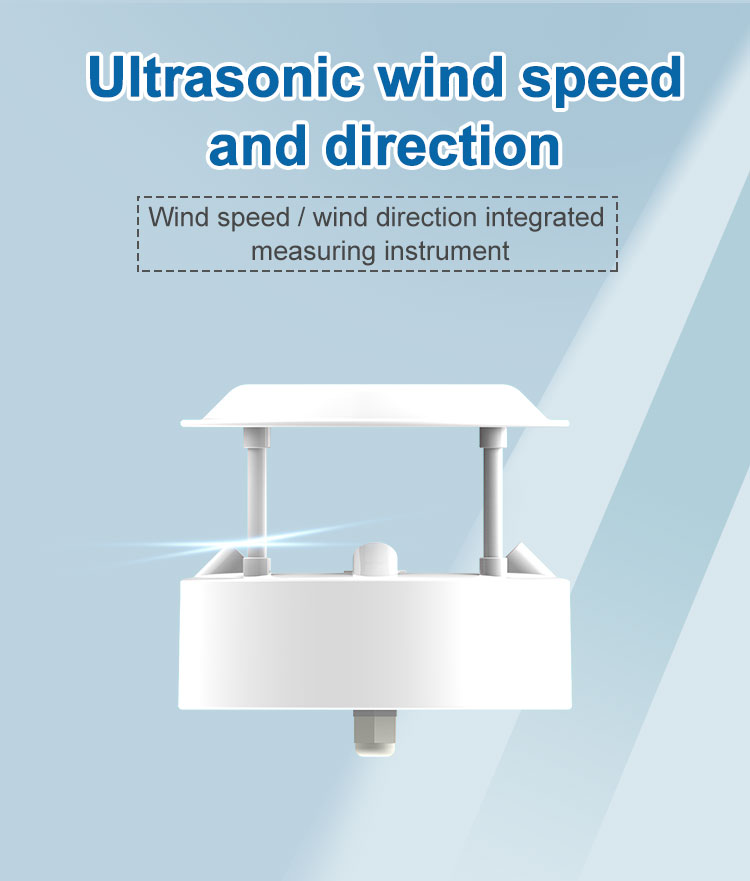To accurately measure and understand wind direction, the use of specialized instruments called wind direction instrument is essential. In this article, we will explore the concept of wind direction instruments, their functions, types, and their significance in diverse applications.

Understanding Wind Direction Instrument:
Wind direction instrument, also known as anemometers or wind vanes, are devices specifically designed to measure and indicate the direction the wind is blowing from. These instruments provide valuable insights into wind patterns, which are vital for weather forecasting, aviation, maritime navigation, renewable energy, and environmental monitoring.
Functions and Importance:
a. Weather forecasting: Accurate knowledge of wind direction is critical for weather forecasters to predict weather patterns and make reliable forecasts. By analyzing wind direction data, meteorologists can assess the movement of air masses, detect atmospheric disturbances, and anticipate changes in weather conditions.

b. Aviation and navigation: Pilots and captains heavily rely on wind direction instruments to navigate aircraft and ships safely. Wind direction information informs flight plans, helps determine takeoff and landing approaches, and assists mariners in charting their course, avoiding obstacles, and optimizing fuel efficiency.
c. Renewable energy: Wind direction instruments are indispensable in the field of wind energy generation. By measuring and monitoring wind direction, wind farm operators can optimize the alignment of wind turbines to maximize energy production. This ensures efficient utilization of natural resources and enhances the viability of wind power as a sustainable energy source.
d. Environmental monitoring: Wind direction plays a significant role in the dispersion of pollutants and airborne particles. Monitoring wind direction helps track the movement and potential impact of pollutants, aiding in air quality management and the assessment of potential health risks.
Types of Wind Direction Instruments:
a. Wind vanes: The most common type of wind direction instrument is the wind vane. It consists of a vertical rod or shaft with an arrow-shaped vane attached at one end. As the wind blows, the vane aligns itself with the direction from which the wind is coming, providing a visual indication.

b. Ultrasonic anemometers: These advanced instruments use ultrasonic sensors to measure wind speed and direction. They are highly accurate and can provide continuous measurements in real-time. Ultrasonic anemometers are commonly used in meteorological stations, research applications, and wind energy installations.
c. Wind socks: Although not as precise as wind vanes, wind socks are simple yet effective wind direction indicators. They consist of a conical textile tube suspended vertically on a pole. The sock fills with wind, showing the general direction of airflow.
d. Weather vanes: Similar to wind vanes, weather vanes are decorative wind direction instruments often found on rooftops. They serve a functional and aesthetic purpose, indicating wind direction for observation and providing architectural embellishment.
Usage and Maintenance:
To ensure accurate and reliable readings, wind direction instruments should be installed in an open area, free from obstructions such as buildings or trees. Regular maintenance, including cleaning and calibrating the instrument, is essential to maintain accuracy over time. Additionally, integrating wind direction data with other weather parameters, like wind speed and air pressure, can provide a more comprehensive understanding of atmospheric conditions.
Conclusion:
Wind direction instruments are indispensable tools in various industries and fields. From weather forecasting to aviation, renewable energy, and environmental monitoring, these instruments enable us to better understand and harness the power of wind. By accurately measuring wind direction, we can make informed decisions, enhance safety, optimize resource utilization, and contribute to sustainable development. As technology continues to advance, wind direction instruments will continue to play a vital role in our efforts to monitor, predict, and adapt to the ever-changing wind patterns that shape our world.